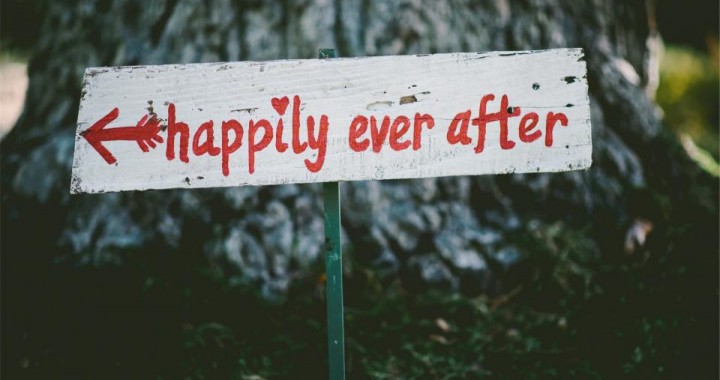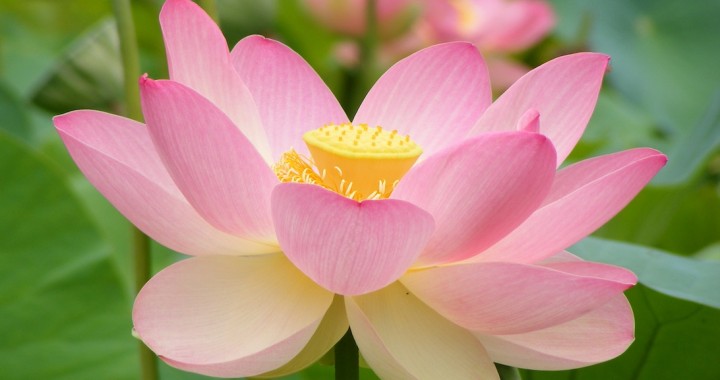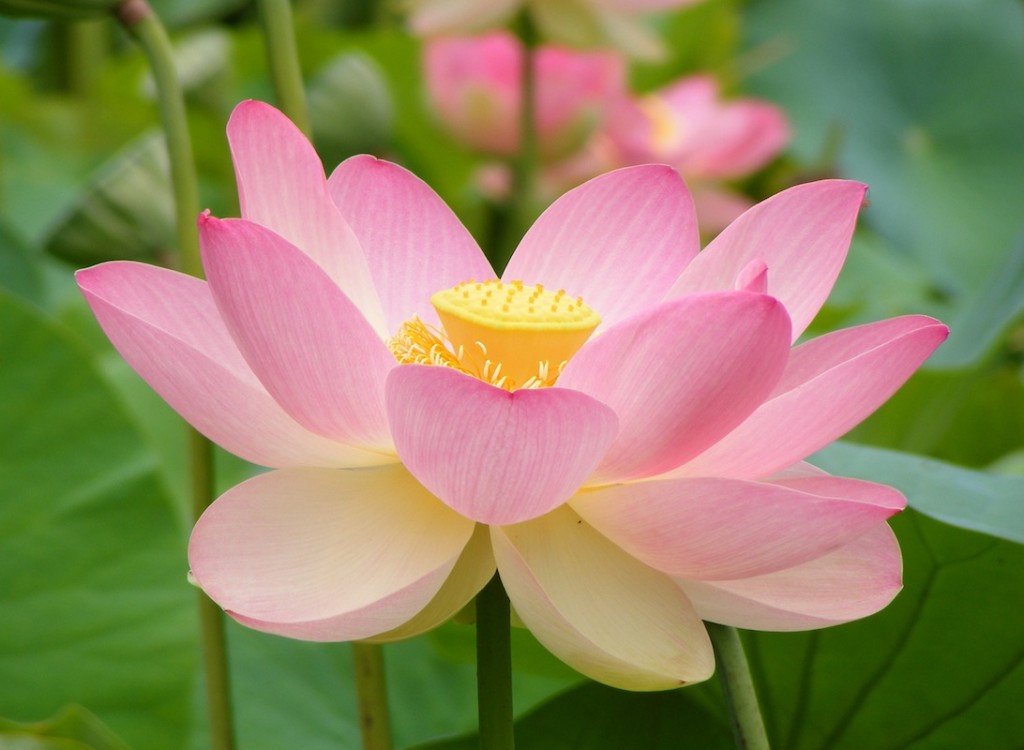 I was doing forgiveness practice this morning, and an old, important memory from childhood arose. It was an uncomfortable exchange in which I felt scared and sad—one of tens of thousands of early experiences (good and bad) which mix together to form the overall sense of self and world that underlies an adult personality.
I was doing forgiveness practice this morning, and an old, important memory from childhood arose. It was an uncomfortable exchange in which I felt scared and sad—one of tens of thousands of early experiences (good and bad) which mix together to form the overall sense of self and world that underlies an adult personality.
We often fondly remember the good moments of our early years, but we file away the painful ones like unwanted boxes in the attic. It seems as though we can rid ourselves of these experiences, but as long as we hold resentment and blame about what has happened, we are influenced by those holdings. They consistently, subtly affect our views and our behavior (check out this article for more info).
So let’s take the blame out of what happened, however insignificant: Is it your fault that you adapted to the imperfect conditions of your childhood in the way you needed to at 1, 2, 3 years old? Is it your parents fault that they operated with the conditioning they were given—even with the best of intentions, falling back to sometimes misguided habits in the overwhelm of child-rearing? Is it your grandparents fault for giving that conditioning to your parents? Is it your great grandparents fault?



 Two handy ways to look at “freedom” from a mindfulness perspective…
Two handy ways to look at “freedom” from a mindfulness perspective…




 If relational mindfulness is your focus, one way to practice is to use Lovingkindness and Noting Feeling States techniques as two complementary strategies. I like to think of them as: "backing off" and "being with." Otherwise known as "turning away" and "turning toward."
If relational mindfulness is your focus, one way to practice is to use Lovingkindness and Noting Feeling States techniques as two complementary strategies. I like to think of them as: "backing off" and "being with." Otherwise known as "turning away" and "turning toward."